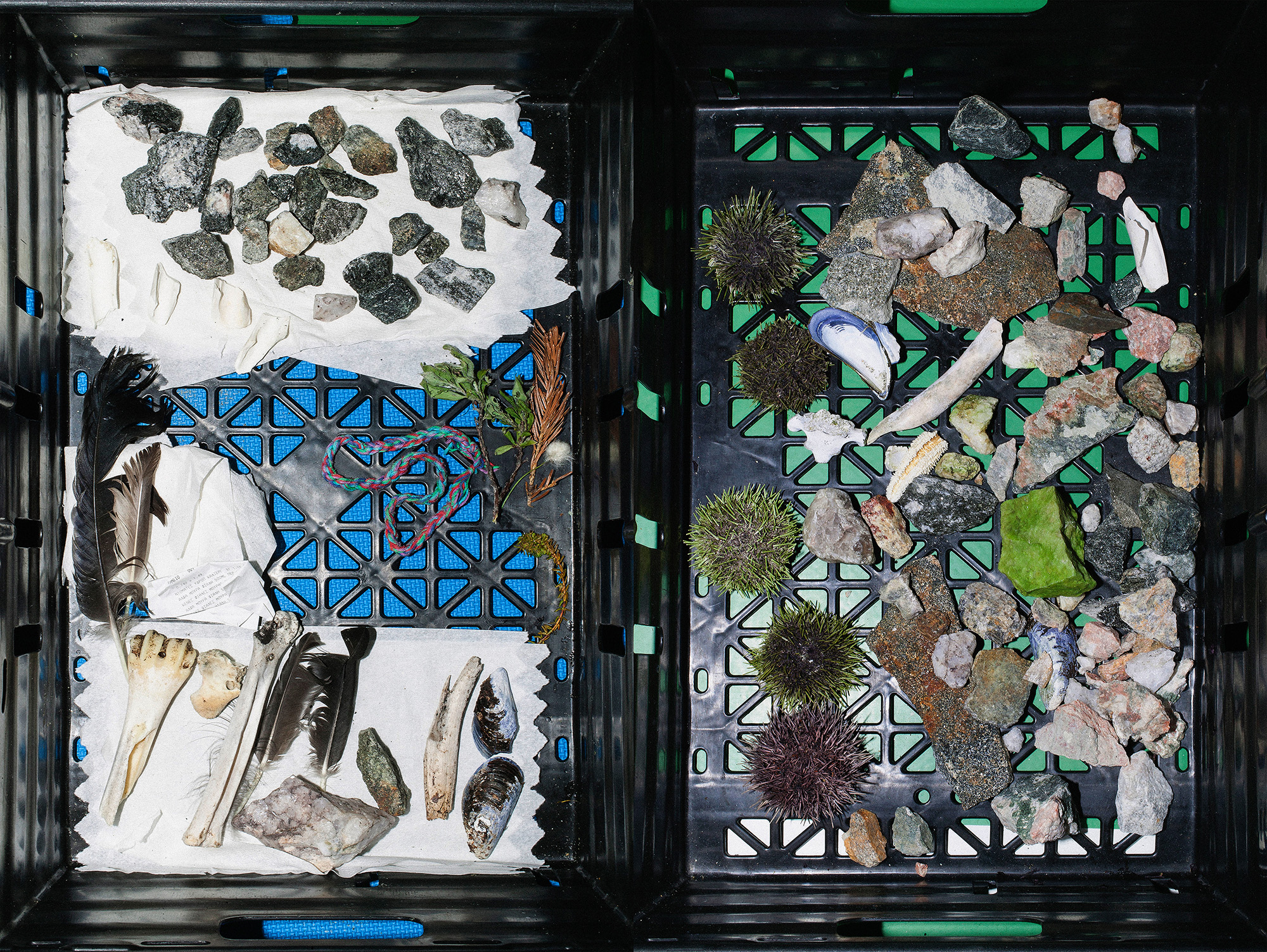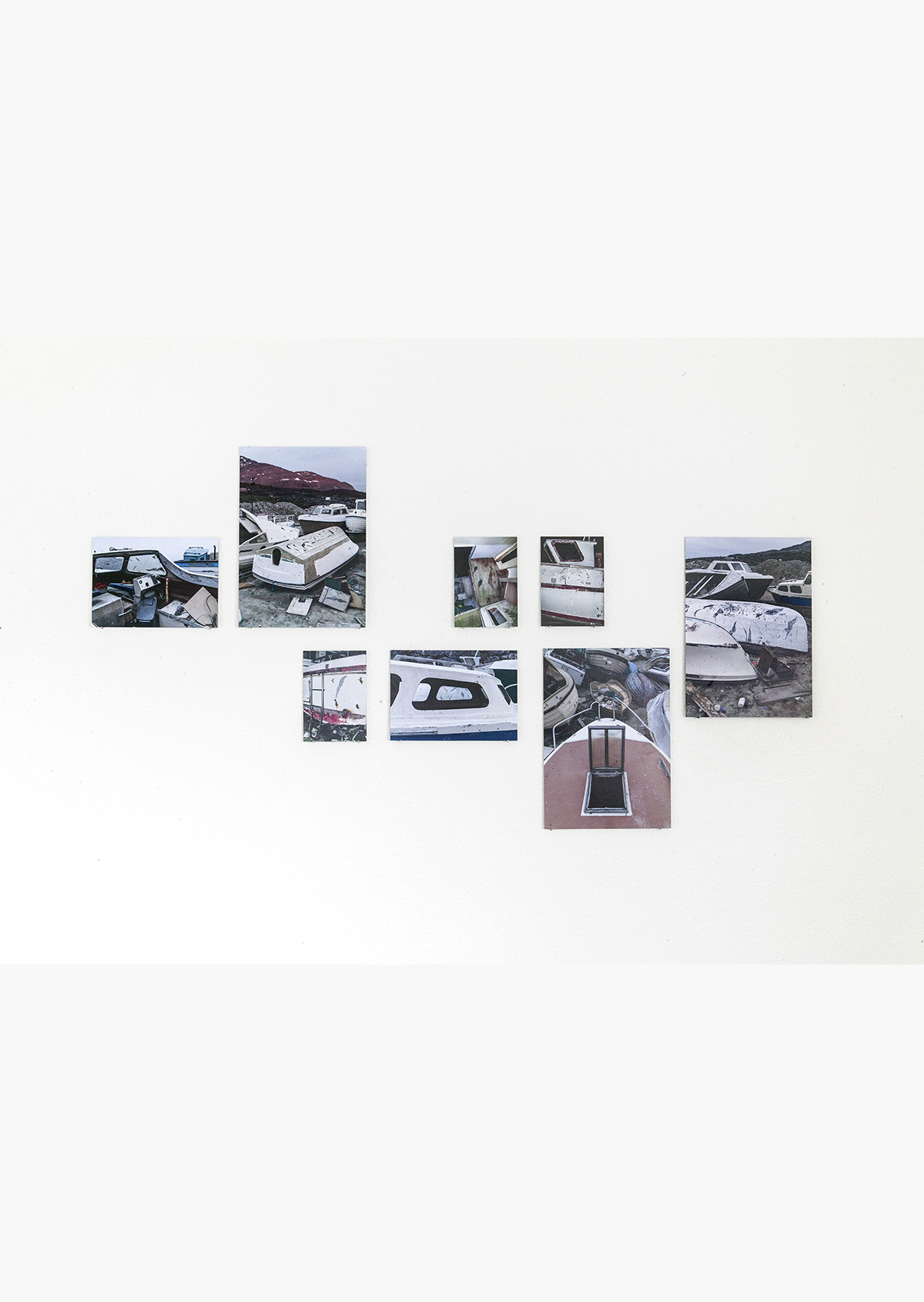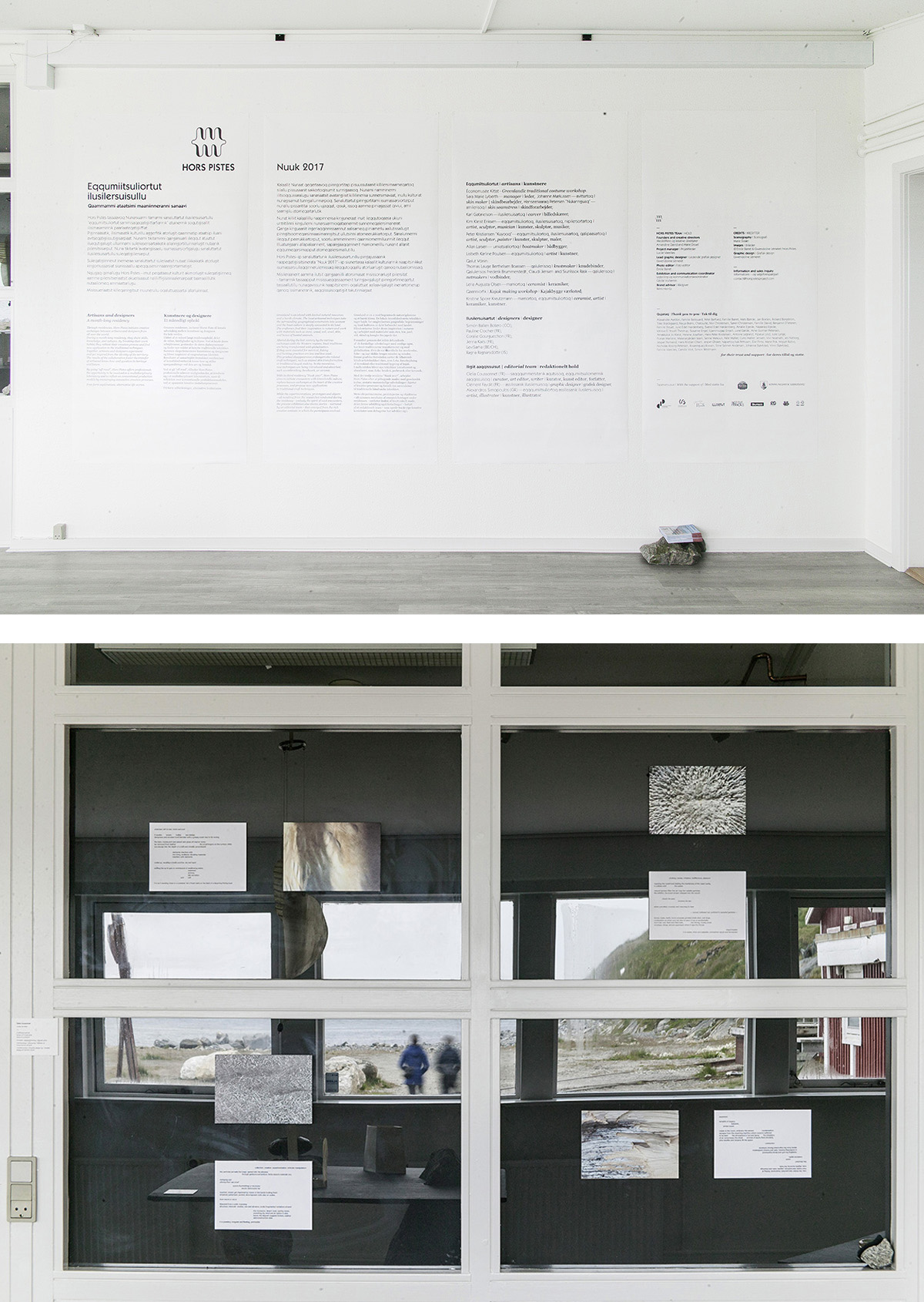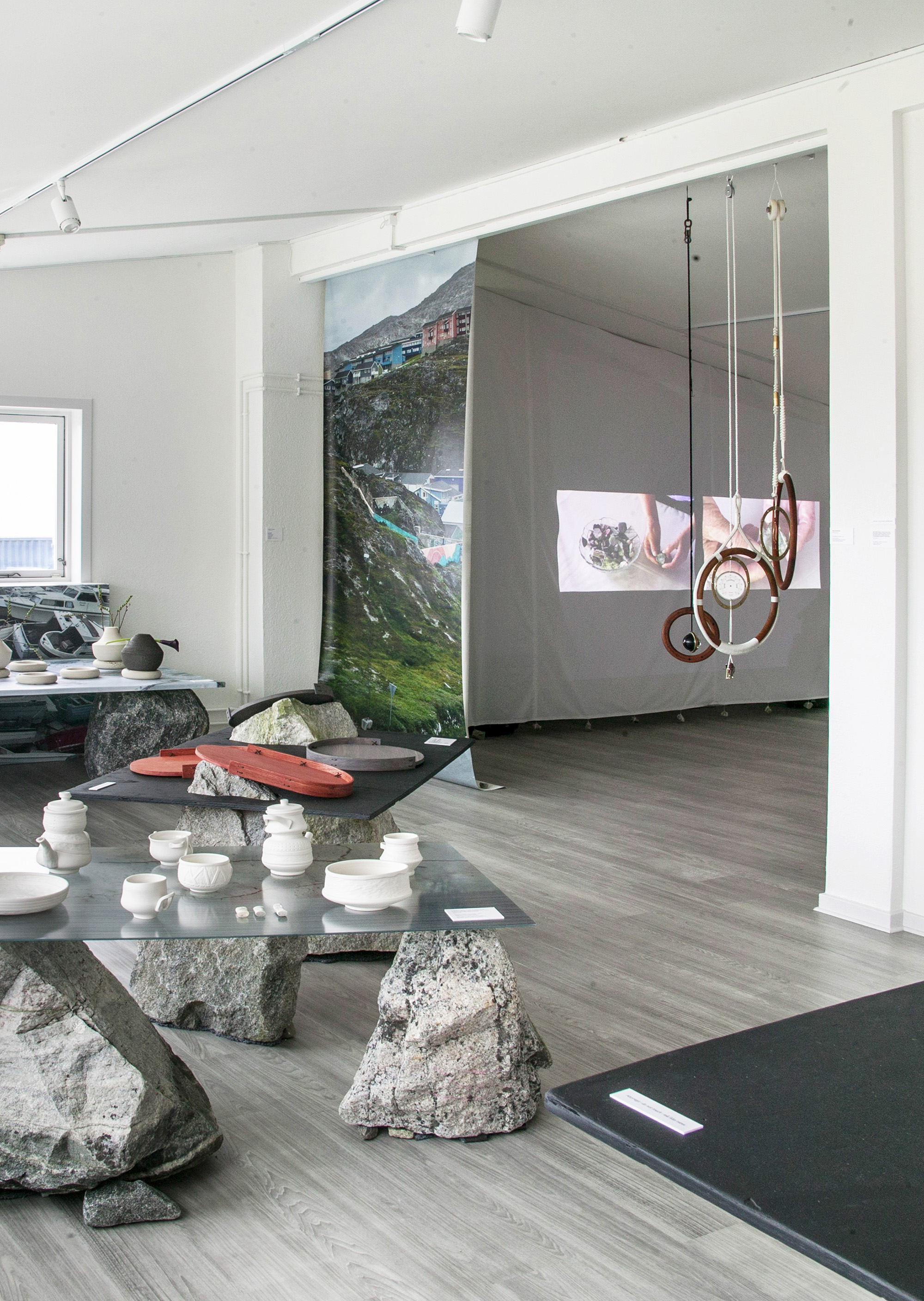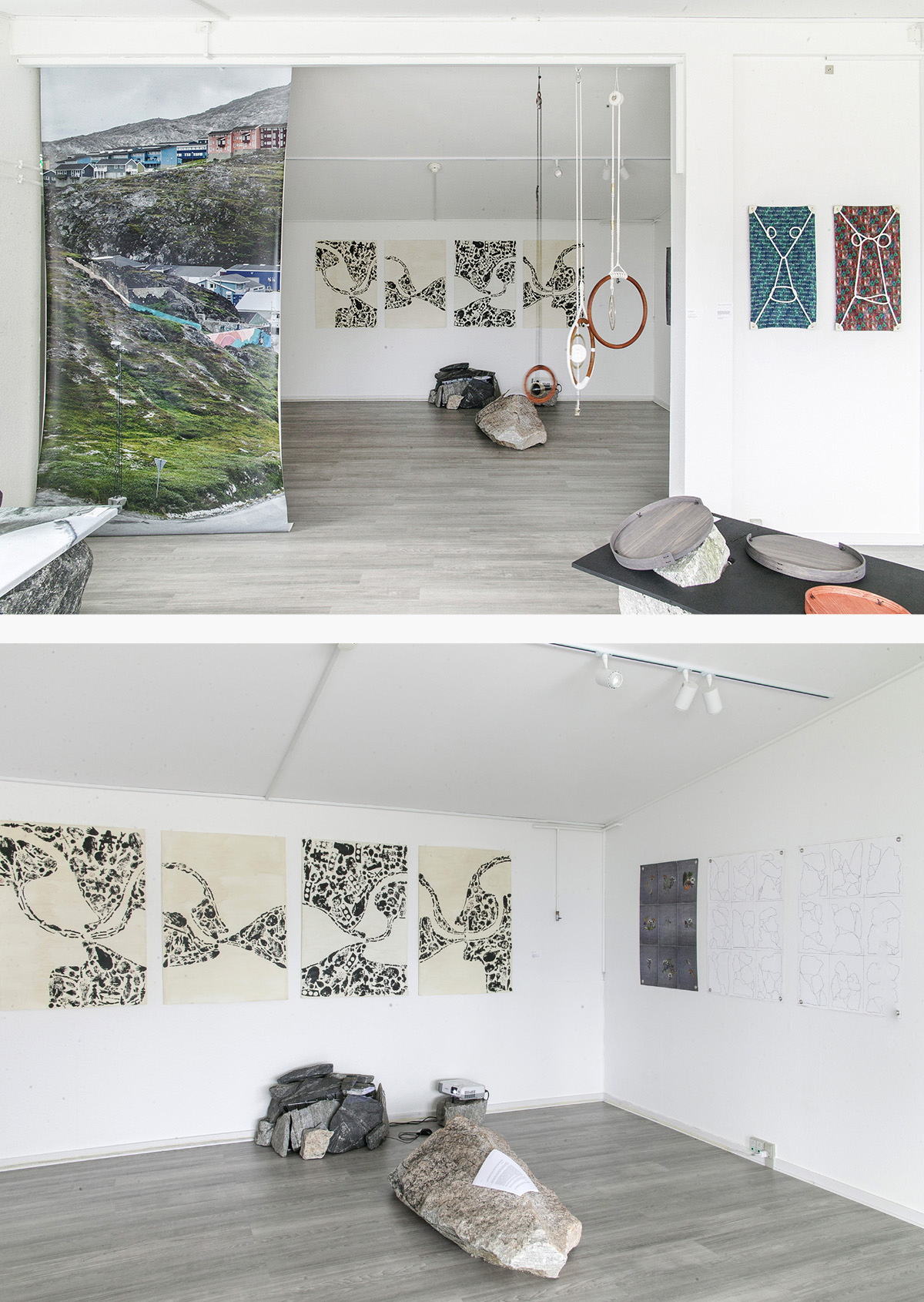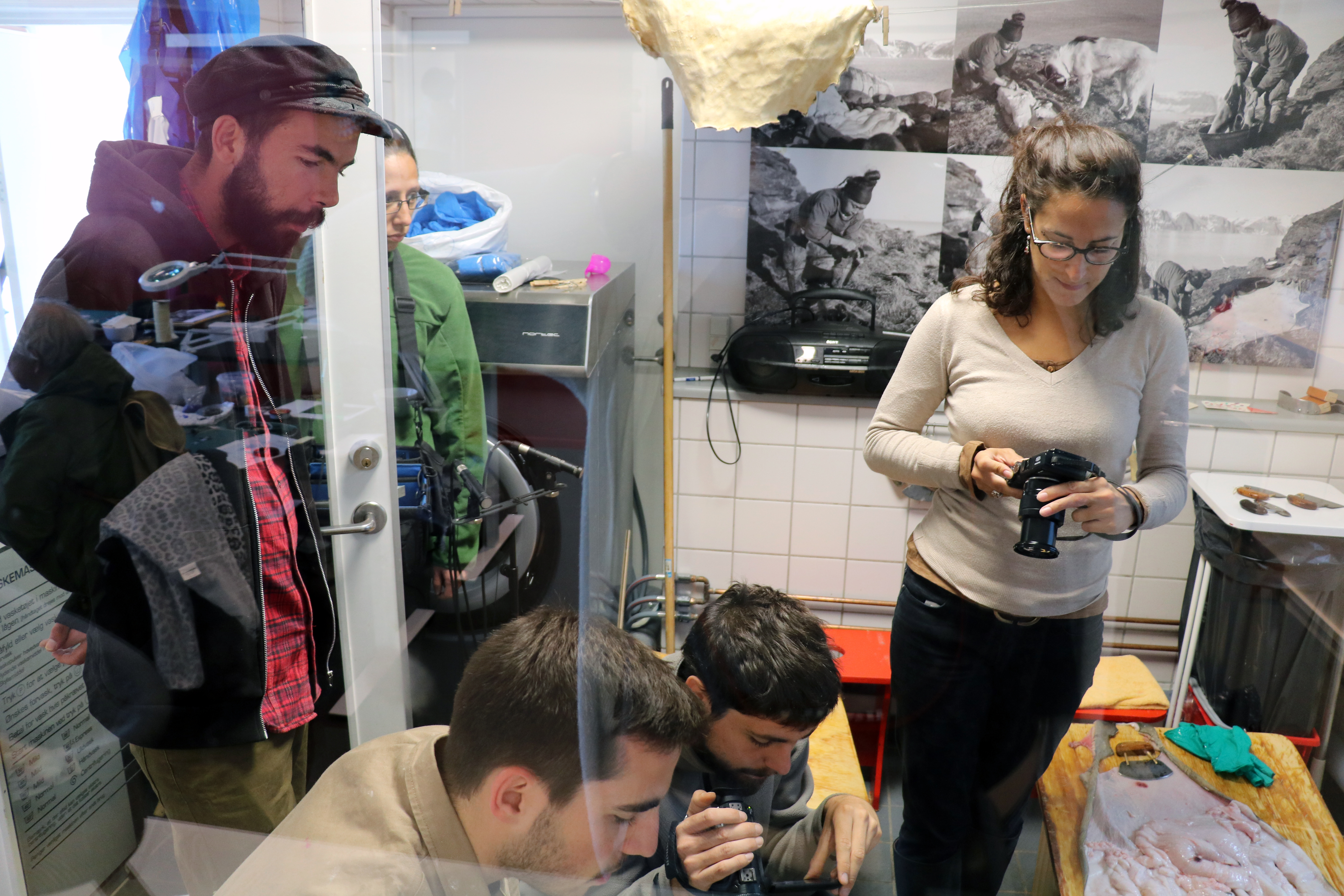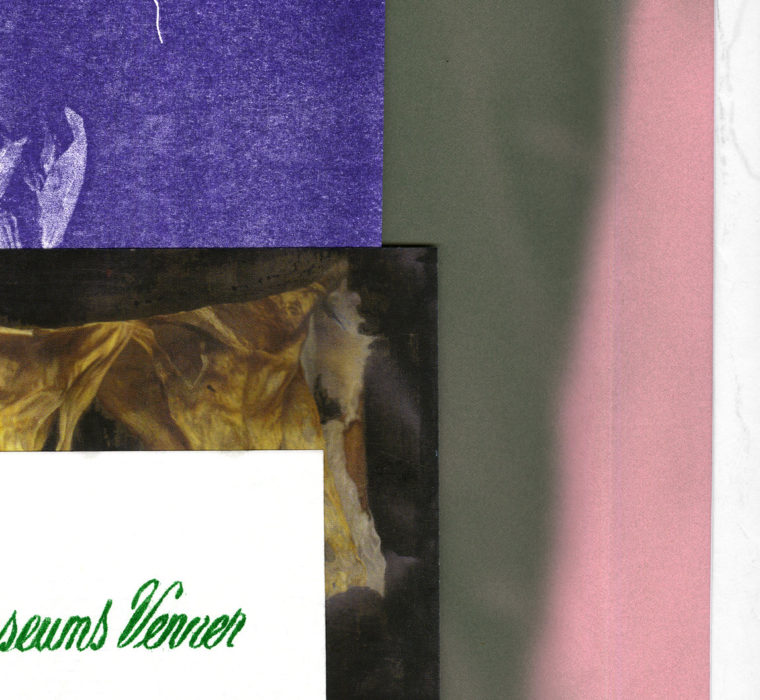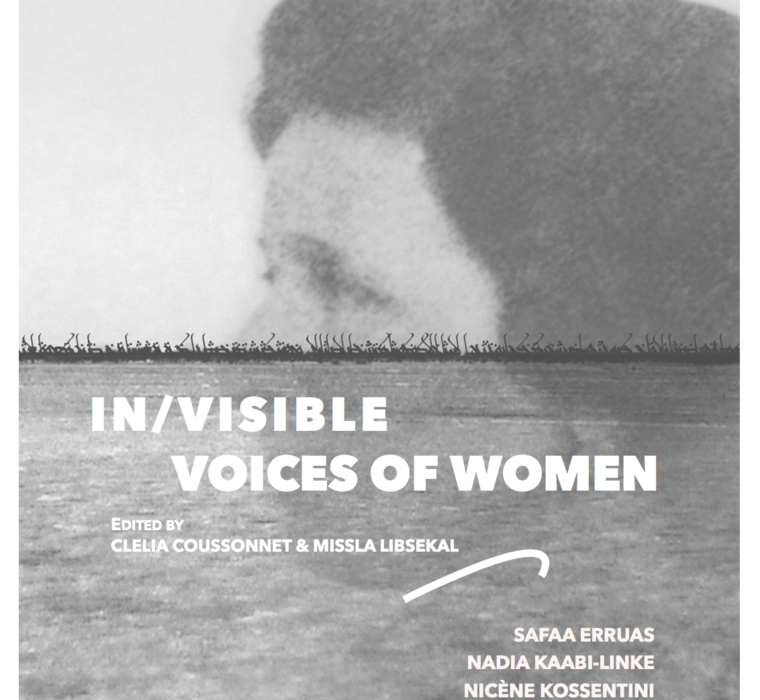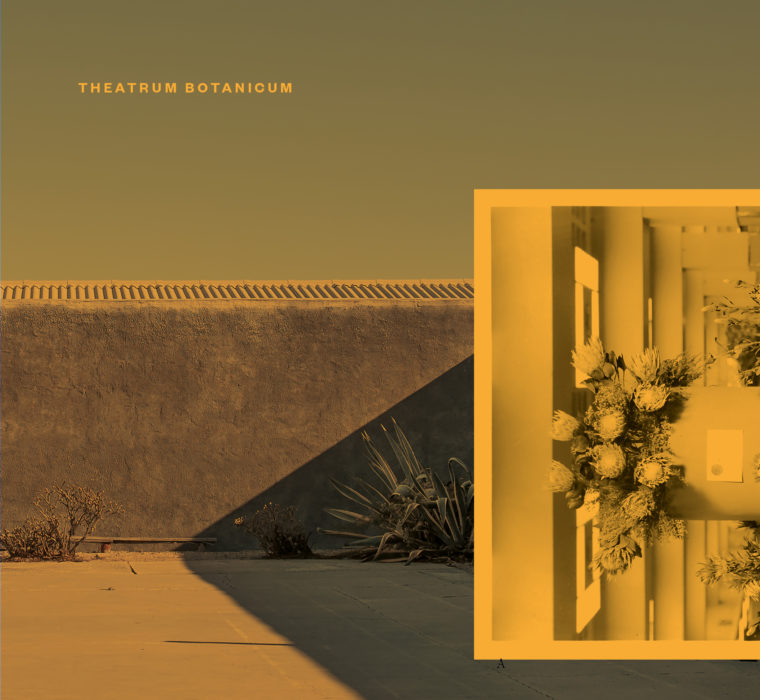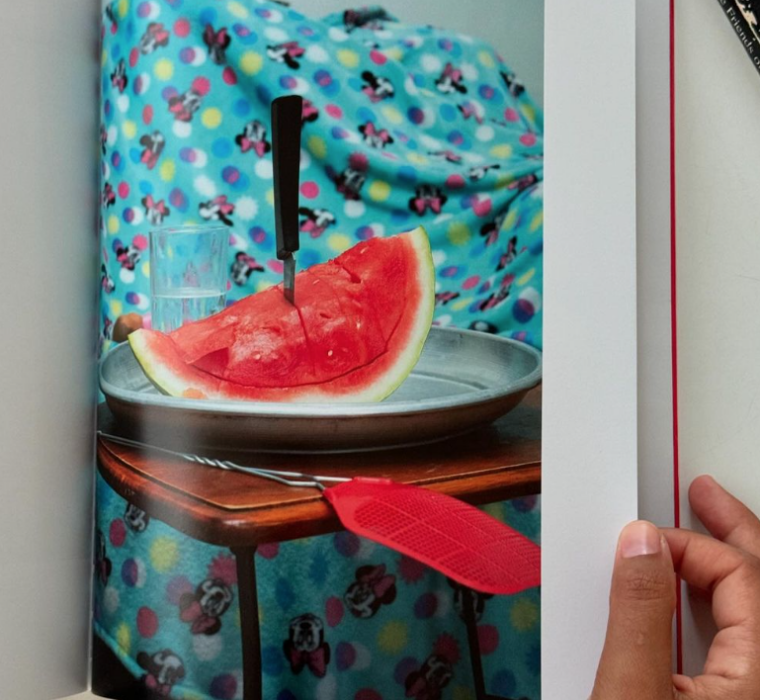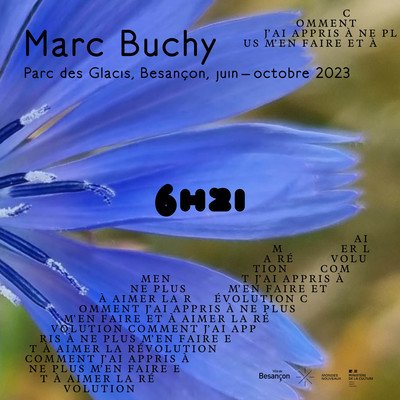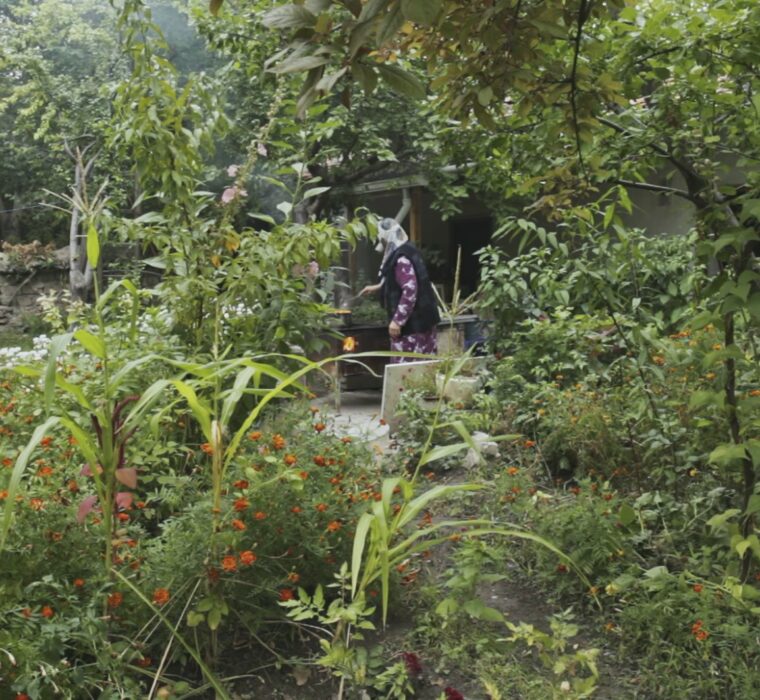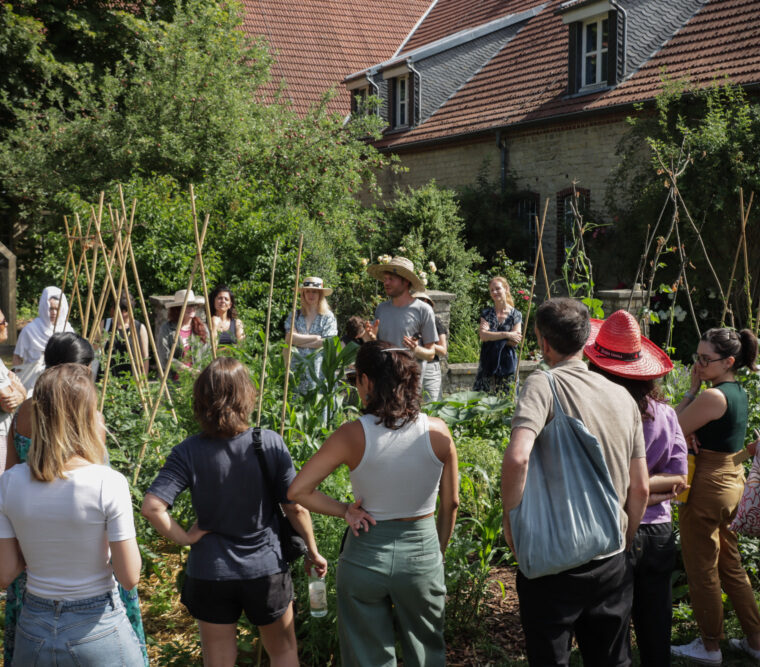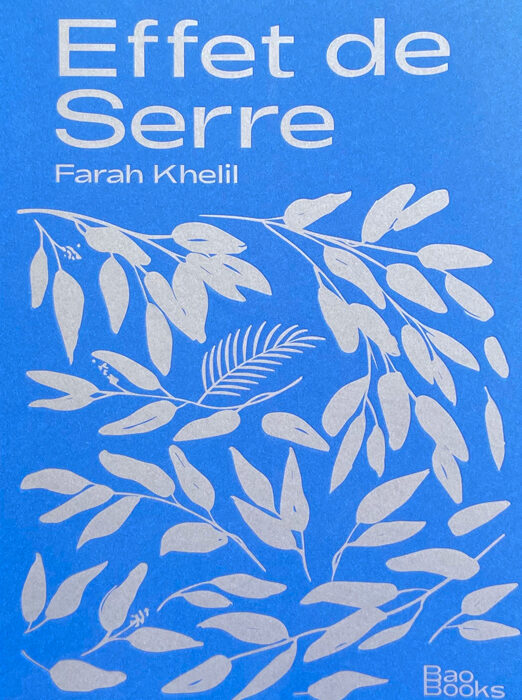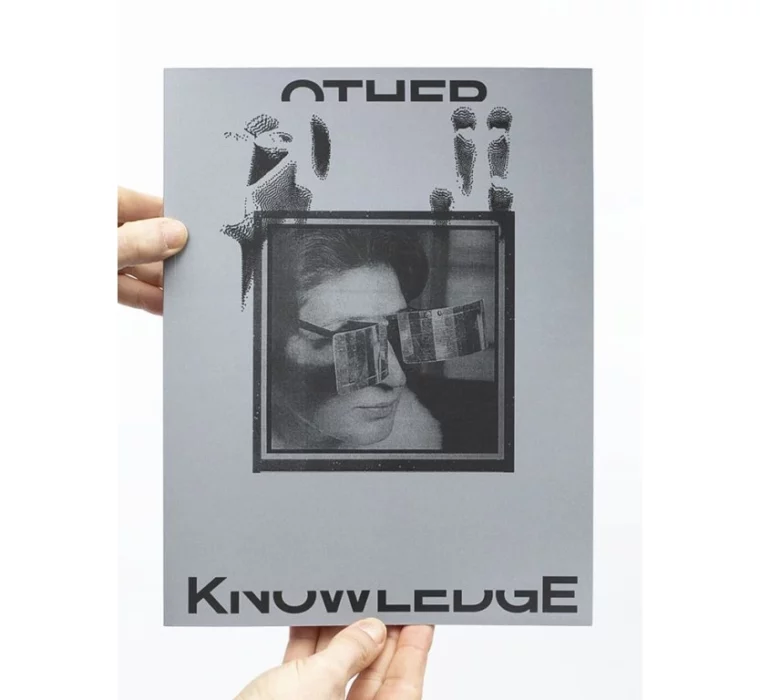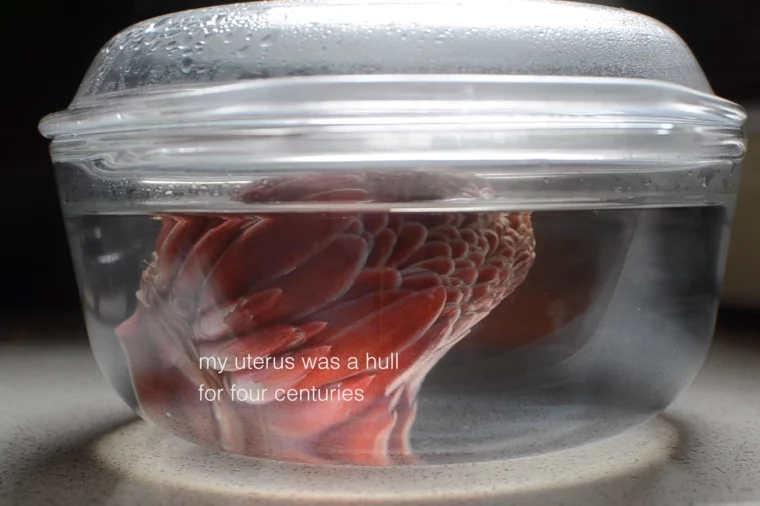Hors Pistes project, residency in Nuuk, Greenland
Participants
Simón Ballen Botero
Thomas Lauge Berthelsen Boassen
Frederik Brummerstedt
Pauline Clocher
Clelia Coussonnet
Amandine David
Clément Faydit
Karl Gabrielson
Coralie Gourguechon
Claudi Jensen
Jeanna Kaës
Kim Kleist Eriksen
Peter Kristiansen
Allan Larsen
Levisarha
Sara Marie Lyberth
Johanne Markussen
Lena Augusta Olsen
Hanseenaaraq Petersen “Nukannguaq”
Lisbeth Karline Poulsen
Ragna Ragnarsdottir
Siunîssok Rask
Alexandros Simopoulos
Kristine Spore Kreutzmann
Hors Pistes project, residency in Nuuk, Greenland
Participants
Simón Ballen Botero
Thomas Lauge Berthelsen Boassen
Frederik Brummerstedt
Pauline Clocher
Clelia Coussonnet
Amandine David
Clément Faydit
Karl Gabrielson
Coralie Gourguechon
Claudi Jensen
Jeanna Kaës
Kim Kleist Eriksen
Peter Kristiansen
Allan Larsen
Levisarha
Sara Marie Lyberth
Johanne Markussen
Lena Augusta Olsen
Hanseenaaraq Petersen “Nukannguaq”
Lisbeth Karline Poulsen
Ragna Ragnarsdottir
Siunîssok Rask
Alexandros Simopoulos
Kristine Spore Kreutzmann
During the summer 2017, I participated in a design residency project in Nuuk, the capital of Greenland. In addition to my curiosity, another incentive to join was my fascination with knowledge production and sharing, and with heritage and transmission –the aim of the residency being to spur collaborations between international designers and Greenlandic craftsmen, based on local techniques and available materials.
Since an experience in (tangible and intangible) heritage protection and in preservation of the Uzbek architectural heritage at the UNESCO’s Tashkent office, I am particularly interested in the way know-how and cultural traditions proceeding from isolated and forgotten geographical and social contexts can be revived, or even reinvented, and thrive. The back and forth movements that culminates in a meeting point where something innovative and unique is born nourishes me.
During the summer 2017, I participated in a design residency project in Nuuk, the capital of Greenland. In addition to my curiosity, another incentive to join was my fascination with knowledge production and sharing, and with heritage and transmission –the aim of the residency being to spur collaborations between international designers and Greenlandic craftsmen, based on local techniques and available materials.
Since an experience in (tangible and intangible) heritage protection and in preservation of the Uzbek architectural heritage at the UNESCO’s Tashkent office, I am particularly interested in the way know-how and cultural traditions proceeding from isolated and forgotten geographical and social contexts can be revived, or even reinvented, and thrive. The back and forth movements that culminates in a meeting point where something innovative and unique is born nourishes me.
‘They dwell in the interstices of the city and its environment, appearing and fading, interacting with or missing each other. They built their language with rocks.
Day dawns.
In this space, multiple characters – living and inanimate, elements or materials – perform. Light, voices, hands, stones, peoples, smells. We meld with their everyday, and night, stories and the memories they hold and shared.’
‘They dwell in the interstices of the city and its environment, appearing and fading, interacting with or missing each other. They built their language with rocks.
Day dawns.
In this space, multiple characters – living and inanimate, elements or materials – perform. Light, voices, hands, stones, peoples, smells. We meld with their everyday, and night, stories and the memories they hold and shared.’
Together with my colleagues, Clément Faydit and Alexandros Simopoulos, we developed an editorial set over the course of our stay and beyond. A sort of diary of our time there, of cabinet of wonders, fragmented, scattered, and synaesthesic, digging into language, communication patterns and collaboration.
The results of the residency, be it the objects created by the designers and craftsmen and our work-in-progress, were presented in an exhibition at the Lokalmuseum in Nuuk.
Together with my colleagues, Clément Faydit and Alexandros Simopoulos, we developed an editorial set over the course of our stay and beyond. A sort of diary of our time there, of cabinet of wonders, fragmented, scattered, and synaesthesic, digging into language, communication patterns and collaboration.
The results of the residency, be it the objects created by the designers and craftsmen and our work-in-progress, were presented in an exhibition at the Lokalmuseum in Nuuk.
About ‘Greenland is an island with limited natural resources and a harsh climate. The local artisanal techniques take the surrounding geographical constraints into account and the Inuit culture is deeply connected to its land. The craftsmen find their inspiration in nature and work with materials such as stone, wood, soil, wool, skin, and bones of hunted animals.
Altered during the last century by the various exchanges with the Western regions, Inuit traditions are being transformed with globalisation. If they were essential for survival, fishing and hunting practices are less and less used. This gradual disappearance endangers the related craft techniques, such as animal skin transformation or traditional kayak making. In the meantime, new techniques are being introduced and absorbed, such as embroidery, beadwork, or ceramic.
With its third residency, Hors Pistes aimed to initiate encounters with Greenlandic culture, replace human exchanges at the heart of the creative processes, and propose new applications to traditional craft techniques.’
About ‘Greenland is an island with limited natural resources and a harsh climate. The local artisanal techniques take the surrounding geographical constraints into account and the Inuit culture is deeply connected to its land. The craftsmen find their inspiration in nature and work with materials such as stone, wood, soil, wool, skin, and bones of hunted animals.
Altered during the last century by the various exchanges with the Western regions, Inuit traditions are being transformed with globalisation. If they were essential for survival, fishing and hunting practices are less and less used. This gradual disappearance endangers the related craft techniques, such as animal skin transformation or traditional kayak making. In the meantime, new techniques are being introduced and absorbed, such as embroidery, beadwork, or ceramic.
With its third residency, Hors Pistes aimed to initiate encounters with Greenlandic culture, replace human exchanges at the heart of the creative processes, and propose new applications to traditional craft techniques.’
‘expansion
wreaths of sugary,
r balsamic,
r amber scentrotate in the room, embrace the senses condensation
escapes from the steaming machine where wood is softened
to be bent the atmosphere is hot and damp the inhalation
of air compresses the chest aromas of sauna float circularly’
— Quotes by Coussonnet, Faydit, Simopoulos, driftongue, 2018
‘expansion
wreaths of sugary,
r balsamic,
r amber scent
rotate in the room, embrace the senses condensation
escapes from the steaming machine where wood is softened
to be bent the atmosphere is hot and damp the inhalation
of air compresses the chest aromas of sauna float circularly’
— Quotes by Coussonnet, Faydit, Simopoulos, driftongue, 2018


